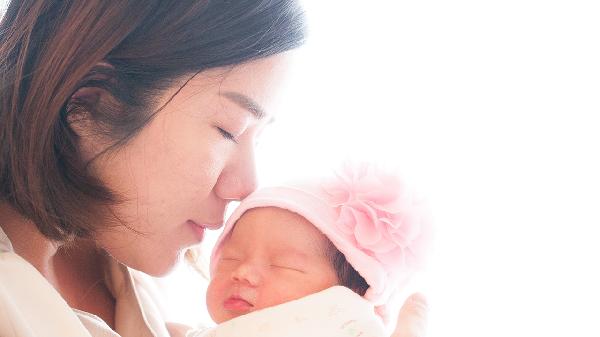Many mothers know that people grow particularly fast during adolescence. But have you noticed that in the first few months after birth, babies grow extremely rapidly? It seems like their height shoots up in just a few months. This is because babies are going through a rapid growth phase. Do you know when babies experience a significant growth spurt after birth?
1. Timing of Growth Phases
The periods of rapid growth after birth generally occur around the following times: about 10 days after birth, the second to third week, the fourth to sixth week, at three months, four months, six months, and nine months. After these periods, the next significant growth spurt will be during adolescence.
2. Changes During Growth Phases
Babies' height growth is not uniform, and they show signs of growth through certain parts of their bodies. The most obvious change is their increasing height, followed by growth in their three measurements (chest, waist, and hips), and of course, their head circumference also increases. Besides physical changes, their limb flexibility, balance, and movement patterns also evolve. For example, around three months old, babies may start learning to sit, by seven months they begin to crawl, and by around one year, they can walk upright.
3. Manifestations of Growth Phases
1. Poor Sleep Quality
During this rapid growth phase, babies' sleep quality varies. Generally, in the first couple of days of this period, babies tend to sleep a lot, either for long durations or more frequently. However, after these initial days, babies may become restless at night, waking up more often and demanding more frequent feedings.
Parents should not be frustrated during this time, as it indicates that their child is growing. This phase usually lasts up to a week, and it's important to help the baby through it. Parents can provide comfort and companionship, and try to create a comfortable and peaceful environment. This way, the baby can find both physical and emotional relief and feel secure.
2. Increased Feeding Frequency
Just as adolescents need more food to grow, newborns also require more milk during their rapid growth phases. This is mainly seen in increased appetite, with babies wanting to feed every three to four hours, and each feeding session lasting longer.
Mothers might feel stressed, worrying if their milk supply is sufficient. However, this concern is often unnecessary. Mothers just need to focus on their role. As the baby's demand for milk increases, so should the mother's feeding frequency. Mothers should drink more water or soup and eat more fruits.
Mothers can also massage their breasts to stimulate milk production. It's important not to worry too much about milk supply and avoid unnecessarily supplementing with formula, as this can actually decrease milk production. For formula-fed babies, mothers can determine if more formula is needed based on the baby's urination frequency and growth.
3. Increased Irritability
During this phase, babies often become irritable due to hunger or poor sleep quality. Parents should soothe the baby's mood by playing relaxing music, rocking the baby in their arms, or taking them for a walk—anything that helps stabilize the baby's emotions and relax them.
These are some of the manifestations and solutions for babies during their rapid growth phases. Let's help our babies get through this period together.
























